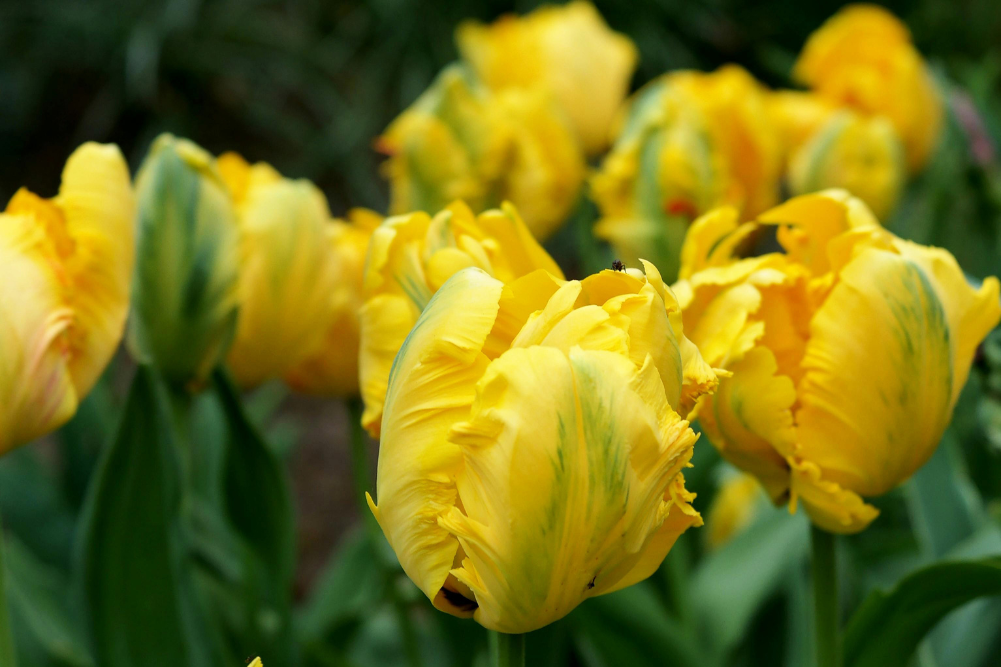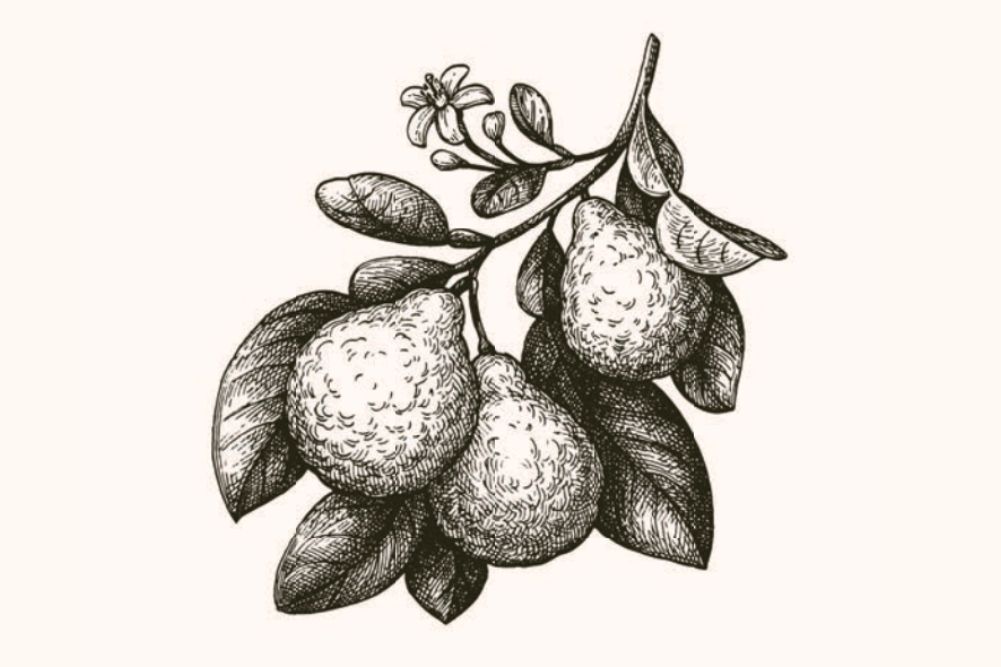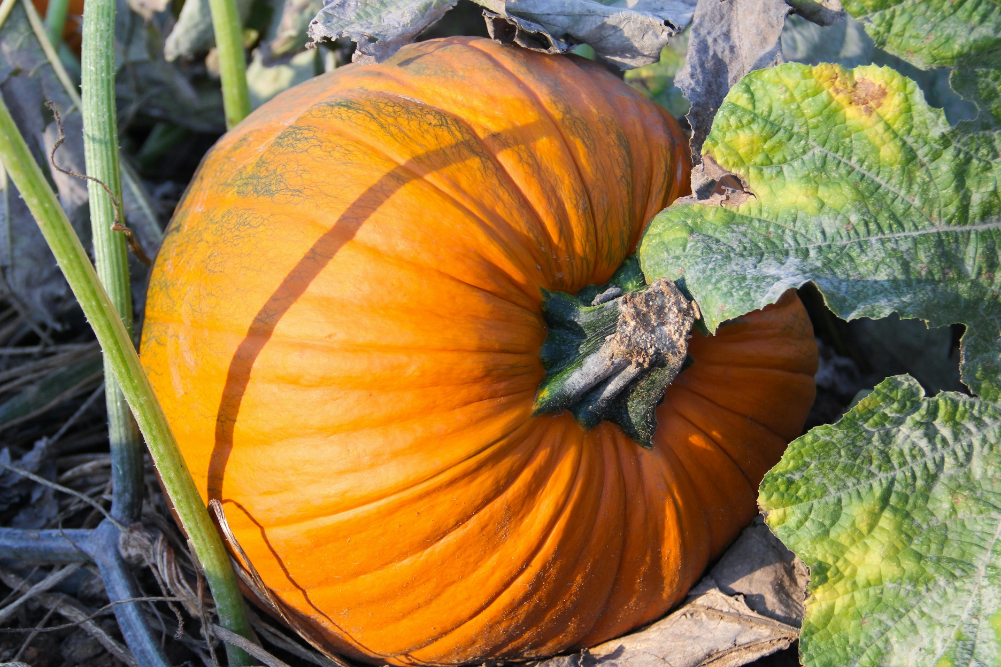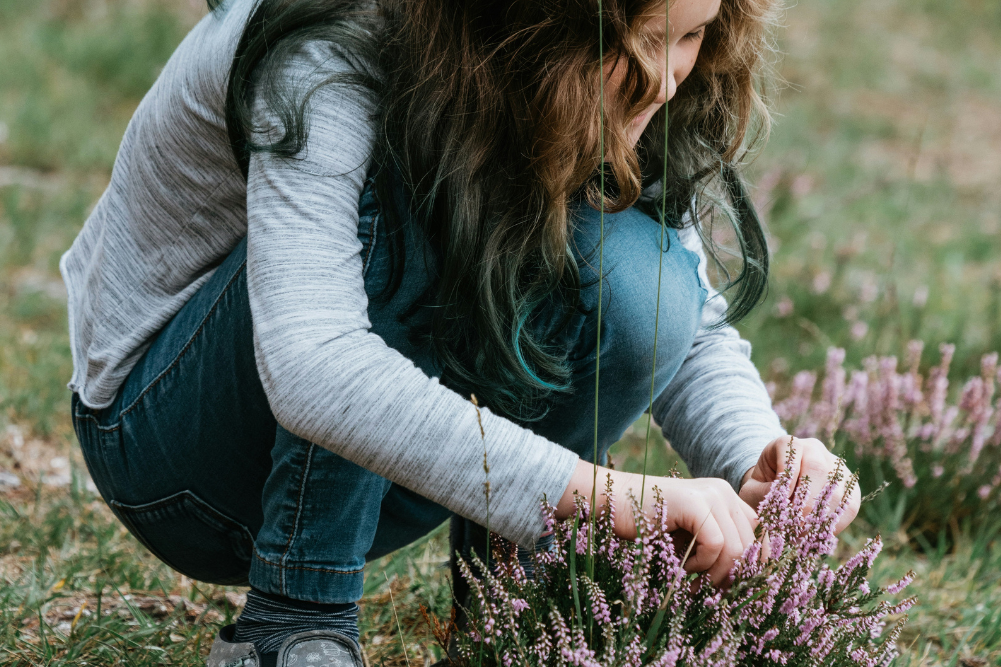Your guide to growing sweet peas
Sweet peas are traditionally planted on St Patrick’s Day, which is a convenient way to get gardeners to remember that the seeds need to go into the soil in autumn, even though they won’t flower till spring.
Sweet peas are one of the most glorious blooms to pick, to gift to friends or even to the barista who makes your coffee. They are too delicate to appear often in florist’s, and the combination of pastel colours and complexity of fragrance is unrivalled.
But you do need to know when to plant them, how to grow them and when to pick them. Unlike an Iceberg rose, you can’t just bung sweet peas in and wait for blooms.
Sweet peas are planted in autumn, so they have a long growing season to become sturdy plants with a vigorous root system before the longer days and warmer air of spring triggers blooming. You can get away with planting the seed in spring — a few sweet peas are better than no sweet peas at all. But if you want months of true glory plant now, or next week — some time before the soil cools for winter. Once the soil is cold, the seeds may rot before they get a chance to germinate.
When and what to plant
This why so many crops are planted in autumn, such as broad beans, broccoli, broccolini, Brussels sprouts, peas, snow peas, garlic and shallots. For example, if you plant broccoli in spring you will get a crop, but the heads will be skinny, and not in an “I’m an elegant broccolini” type way, and the plant will go to seed more quickly, too. Autumn planting also means that weeds are unlikely to spring up and compete with your garden darlings until they are big enough to stand up for themselves.
Autumn planting means that weeds are unlikely to spring up and compete with your garden darlings until they are big enough to stand up for themselves.
As another example, I planted two lots of peas last year, one in autumn and one in spring. We managed to harvest a few servings of peas over a fortnight from the spring sown crop, but the autumn crop lasted for months until finally we had accidentally trodden on so many plants there weren’t enough left to pick. (Note to myself for next year — leave a decent space between the rows or just grow a very, very long single row of climbing beans on a trellis.)
Sweet peas need sun and excellent drainage as they have large root systems that rot in wet soil. The climbing varieties are the best as you get a wall of flowers or an absolute mass of colour for the space, plus the height means the sweet pea fragrance wafts all across the garden instead of hovering above the lettuces. In cool climates angle the rows east–west to maximise the amount of sun they’ll get. Good sunlight and air circulation also mean sweet pea leaves are less likely to get mildew in humid summers. Make sure there is somewhere for each plant to climb before planting, otherwise you may damage the roots as you hammer in stakes or erect a trellis of netting or reinforcing mesh.
Ensure weed-free soil, then scatter on a slow-release organic fertiliser and water in very well the day before you plant. Water again, then press two seeds at a time into the damp soil with each pair of seeds about a thumb length apart. Don’t water again unless the soil gets very hot and dry: sweet pea seed rots easily. Do water lightly as soon as seedling emerge and give them twigs or a bit of string as a guide to their trellis or other permanent support.
Then wait and wait. Don’t mulch. Don’t feed. Sweet peas have bacteria associated with their roots that help harvest nitrogen from the air to feed the plants. As long as the soil is fed to begin with, they won’t go hungry. Feeding when there isn’t too much leaf growth may burn the roots, too.
Then, as the soil warms, the flowers will begin to unfurl. Pick often — at least every two days — and quickly pluck off any dead blooms, because the plants will stop producing flowers once the seeds begin to mature. Sweet peas need dedicated gardeners to have a long and glorious crop.
There are hundreds of varieties of sweet pea available. Thousands have been bred, mostly to reintroduce the old-fashioned fragrance into modern varieties bred for bigger, brighter flowers, longer blooming and powdery mildew resistance. In areas with humid summers, look for any kind of sweet pea labelled “early blooming”, as this will give you masses of flowers before heat and humidity encourage the mildew. In cold areas, late bloomers are best.
If you don’t have a garden, grow climbing varieties in hanging baskets. If you want a low-growing host of happy sweet peas in a pot at the front door or a neat line in a window box, plant a short variety. I must admit it’s a personal bias to want an abundance from any seed I plant, but a gathering of sweet peas is even brighter than potted pansies or other common front-door potted flowers.
Why not just plant a row of cactus instead of fussing over sweet peas? You won’t ask that once you have your first crop of sweet peas. Spring colours and spring scents make people happy, increasing endorphins in a way that is now scientifically measurable.
Seasonal affective disorder (SAD) or winter depression is often as much about the lack of spring and summer scents as it is about winter’s longer nights and dimmer days. And if you want to give a bunch of joy to a loved one — even your barista — I bet you’ll get a grin when you proffer a bunch of sweet peas. You may even get a free biscotti!








